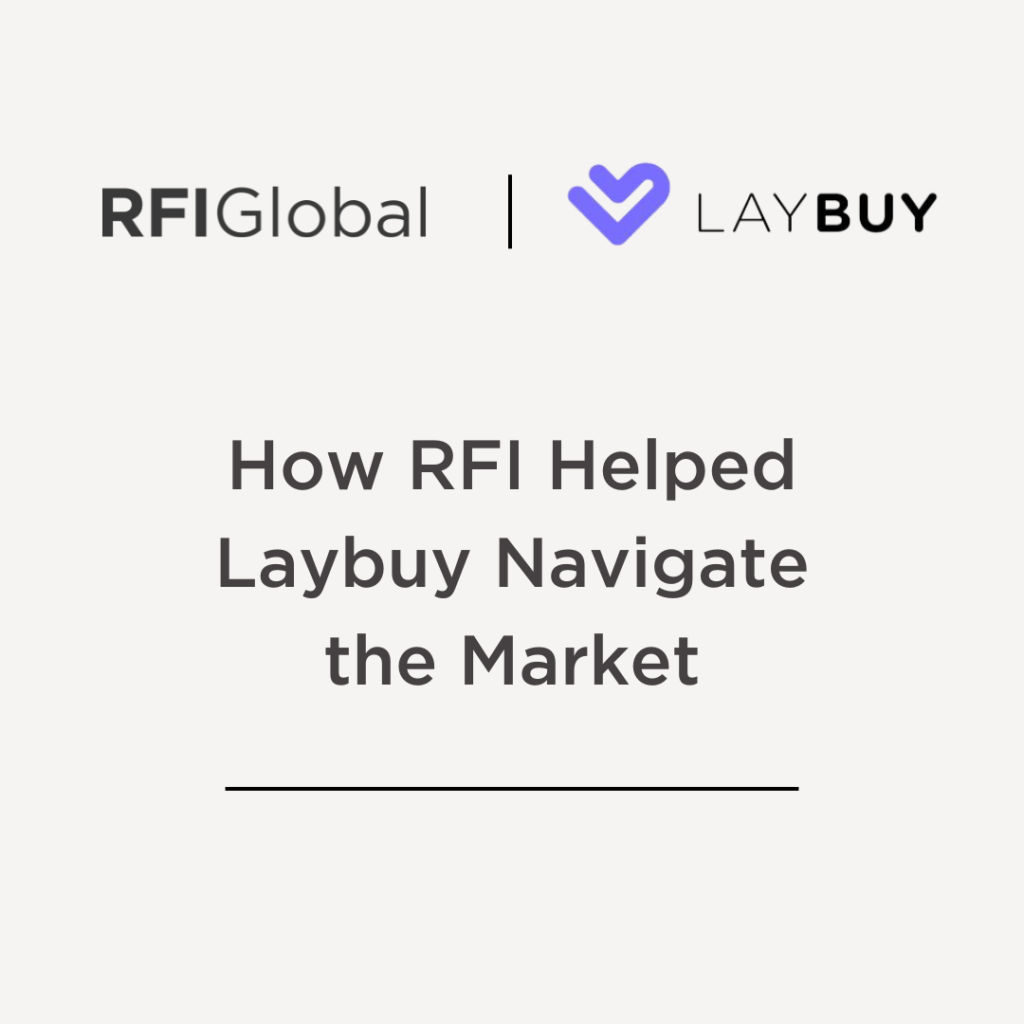Who are the FiTeRRs?
- REGION :Australia
- DATE : September 13, 2022
- AUTHOR : Alan Shields
Who are the FiTeRRs?
- REGION :Australia
- DATE : September 13, 2022
- AUTHOR : Alan Shields
In my last blog, I looked at the fact that we’re seeing escalating mortgage stress among borrowers in the face of inflationary pressures and rising interest rates. In this blog, I want to take it a step further and focus on a younger demographic and their experience with debt generally.
The catalyst for this was a presentation I was doing last week, in which we were reflecting on the fact that many younger borrowers are less aware generally of what is happening with regard to rates and what it means for them.
Many younger consumers unaware of the impact of rate rises
In our most recent Mortgages, Credit Cards and Personal Loans surveys at the end of June, we asked borrowers if they were aware of rate rises and whether they knew what impact the rises would have on them personally.
Across the board, under 35’s are far less aware and informed. To quantify, 13% of mortgage borrowers under the age of 35 were unaware of RBA rate rises in May and June, compared to 5% of over 35’s. And it’s worse among credit cardholders, where 29% of under 35’s and just 8% of over 35’s are unaware of these rate rises.
When it comes to the impact, the contrast is also stark. 81% of mortgage borrowers over 35 understand the impact of the rate rises, compared to just 65% of under-35’s.

Source: RFI Global Surveys of Australian Mortgage Borrowers, Personal Loan Borrowers and Credit Cardholders
Careless or burdened?
It’s easy to write this off as younger consumers being naïve and careless with credit. However, I think there is another angle worth considering. We must consider the fact that the RBA last increased the cash rate 12 years ago, in 2009 and 2010, which means that if you’re under the age of 35, there is a very good chance that this is the first time you’ve ever seen rates go up while borrowing money. This is particularly true when it comes to home lending.
This issue is compounded by the fact that recent borrowers are likely to have larger balances on their personal loans and mortgages. Cars (even second-hand ones) and dwellings are more expensive now than they have ever been.
The ABS data on average owner-occupier home loan size is quite revealing in this regard. It shows that since March 2019, the average loan size has increased from $429,000 to almost $610,000. An increase of 42% in the space of 3 years.

Source: Australian Bureau of Statistics
Can they be helped?
The problem is clear. Newer borrowers, with larger balances and little experience of rising interest rates.
Something that RFI’s data has been showing for a while now, is that when it comes to accepting guidance and tools from a financial institution, younger consumers are more open to the idea. They like the idea of personal financial management (PFM) tools more than older consumers and they are more willing to hear from their bank when it comes to tips on money management.
Source: RFI Global Survey of Australian Adults
The chart above shows an example, taken from a question RFI asked regarding valuable features of a mobile banking app – on all things PFM-related, the under 35’s were significantly more likely to find them valuable.
This is as true for features that enable transparency of purchases – bill tracking. spending insights and searchable transactions – as it is for transparency of overall financial position – credit score tracking and financial health monitoring.
The fact is, under 35’s are used to have information at their fingertips and they like to see where they’re going.
So what now?
It looks as though we’re entering into a period when younger adults are going to need help from their financial institutions. Further, they are a group of individuals that is open to being helped. There is clearly a role to play in this for banks. These young adults may not know what is coming, but they are open to using tools to manage their finances and not go down without a fight – I’d like to think of them as First Time Rate Risers or FiTeRRs for short…. (Ok, I took a bit of license there with the acronym).
From a lender’s perspective, it’s going to be crucial to understand what customers will need – flexibility in uncertain times – and what will ultimately help them feel smart about managing their money. A dual-pronged approach along those lines will be a winning formula in ensuring young adults come through the next couple of years with their credit ratings intact.
Do you want to learn how, as a financial institution, you can best support the younger borrowers? Get in touch today.
Current
Loud Budgeting and the Big Switch
21 Feb 2024 \ Budgeting
Avoiding the ‘Intergenerational Tragedy’
28 Nov 2023
The Rise of Mobile Wallets in Canada
14 Sep 2023 \ Payments
SME’s, Stress and Scrutiny of costs
29 Jun 2023 \ Sentiment \ SME
BNPL – Regulation and Legacy
31 May 2023 \ BNPL \ Regulation
March Trends Newsletter, The MacroMonitor
14 Mar 2023 \ Women
February Trends Newsletter, The MacroMonitor
15 Feb 2023
2023 – The Year of SoftPOS?
14 Feb 2023 \ SoftPOS
A Year in the Life of BNPL
02 Feb 2023 \ BNPL
January Trends Newsletter, The MacroMonitor
20 Jan 2023
2022 – The year that was
17 Jan 2023 \ banking predictions
Winning with Cross-Sell, Singapore Webinar
01 Nov 2022 \ webinar
Who are the FiTeRRs?
13 Sep 2022 \ inflation \ Mortgages \ Youth Banking
The Canadian Mortgage Market
08 Jun 2022 \ Canada \ Mortgages
The Global State of BNPL | Regional Deep Dive
05 May 2022 \ BNPL
RFI Report | Banking on Digital
30 Oct 2021 \ Global \ mobile banking
The BNPL Juggernaut
24 May 2021 \ BNPL \ In-depth Insights
Driving Sustainability in Finance
25 Apr 2021 \ Sustainability








































































/NQA-ISO-27001-Logo-UKAS.jpg)